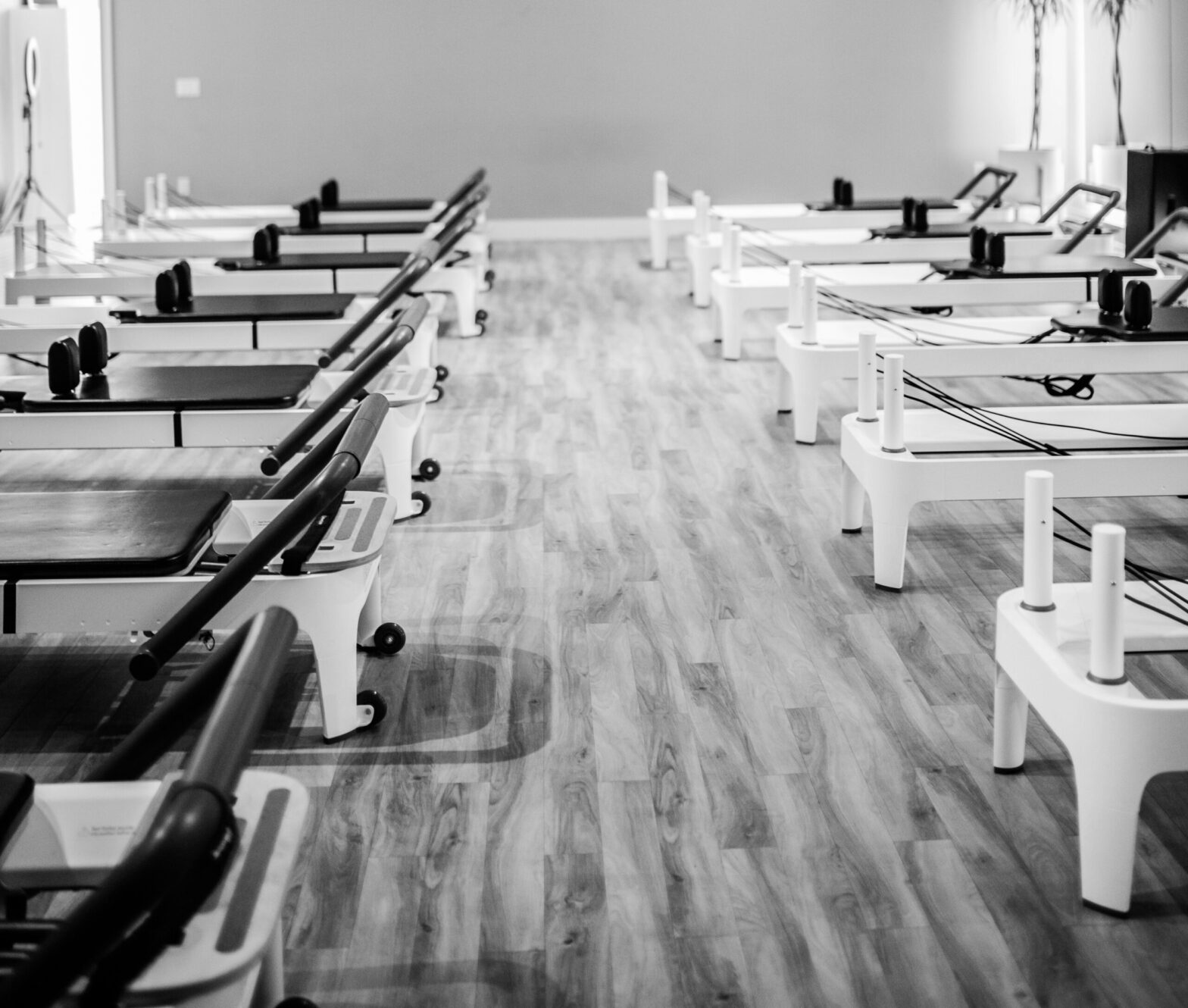Contrology: the body, mind and spirit approach to movement
Most of us are familiar with the popular mind and body practice known as Pilates, even if we aren’t so familiar with its original name – Contrology. But what exactly are the origins of Contrology, and how did it evolve to become the one of the most popular physical fitness systems across the world today?
The birth of Contrology
During the 20th century, Joseph and Clara Pilates developed and honed the movement they referred to as Contrology, which today is commonly known as Pilates. In his book “Return to Life Through Contrology”, Joseph writes that “Contrology develops the body uniformly, corrects wrong postures, restores physical vitality, invigorates the mind, and elevates the spirit.”
Joseph Pilates was born in Dusseldorf in 1883 and was thought to have suffered several childhood ailments including asthma, rickets, and rheumatic fever. He worked hard to overcome these health challenges, and went on to become a skilled gymnast, diver, and skier. In 1912, Joseph was living and working in England as a circus performer, boxer and fitness instructor. Like all German nationals living in the UK at that time, he was interned by the UK Government early on during the First World War. He took this opportunity to further hone his fitness techniques and enjoyed teaching his fellow internees.
Pilates’ ideas evolved over the years, but it was during the latter part of the First World War, as an orderly in a hospital on the Isle of Man, that he began working with patients unable to walk. It was there he designed the ‘Cadillac’, which involved placing springs on the patient’s bed to support their limbs. Today this is still known as the Cadillac or the Trapeze Table, which we now use alongside the Reformer and the Chair.
It was in 1926 in New York, that Joseph and Clara founded the ‘body-conditioning gym’, which is considered to be the birthplace of Pilates as we know it today. Joseph was primarily responsible for developing the movements, but it was Clara who took the lead in educating and passing their knowledge on to others, who became known as ‘Pilates Elders’. For example, Romana Kryzanowska, the heir to Joseph’s original teachings, is quoted as saying “the key to working with the apparatus is they make you do the work yourself. Often, the fewer the springs, the harder the exercise. The springs provide or create endurance, not excess strength. The method is based on the movement of animals, everything about the method is based on moving naturally.”
Before long, Joseph and Clara had amassed a devoted following within the local dance and performing arts community of New York, including George Balanchine, Ted Shawn, Ruth St. Denis, Martha Graham and Jerome Robbins.
Pilates’ first major publication came in 1945 with the release of “Return to Life Through Contrology”, based on his overriding concept of balancing one’s mind and body. Prior to this, in 1932, he’d published a booklet called “Your Health” discussing his philosophies, principles, and theories about health and fitness.
The principles of Contrology
Although there lacks a globally agreed set of principles, it is broadly accepted within the Pilates community that there are approximately six unique principles of Pilates.
- Centering – According to Pilates, the centre of our body, between the lower ribs and the pubic bone, is known as the ‘powerhouse’. Pilates exercises are powered by our core, so it’s vital to bring focus to this during the exercise.
- Concentration – By bringing full attention and commitment to the exercise, the practitioner will achieve the greatest benefit possible from each movement.
- Control – Every movement is controlled and deliberate; no body part is left unnoticed by the mind.
- Precision – Every movement is precise with each alignment relative to other body parts.
- Breath – Pilates believed in the importance of using a full breath during every exercise. Therefore, co-ordinating one’s breathing with each exercise is integral to Pilates.
- Flow – Pilates is fluid and graceful, allowing the energy of the exercise to flow through the entire body.
Accessible to all
Pilates can be practiced by anyone and everyone, from athletes to performing artists to those recovering from injury – and the benefits are truly holistic. They include improved mobility, flexibility, and agility, building co-ordination and body awareness, developing natural posture and spinal alignment, toning and lengthening muscles, and building core stability. Movements are also designed to improve one’s wellbeing by enhancing circulation and breathing, easing pain and tension, alleviating stress, and boosting energy.
Pilates as we know it today has evolved to incorporate various innovations in thinking and modern technology. However, the fundamentals of Joseph and Clara’s work are still taught and enjoyed by many, especially in the Western world, in countries such as Australia, Canada, Europe, the US, and of course, right here in the UK.
So that’s the theory of Pilates – why not see how it works in practice? It’s a truly wonderful and life-enhancing method. To experience the benefits for yourself, please take a look at our website where you will find a full timetable of studio and online courses for all ages and abilities. If there’s a particular class you’d like to try, get in touch with our friendly team today.
